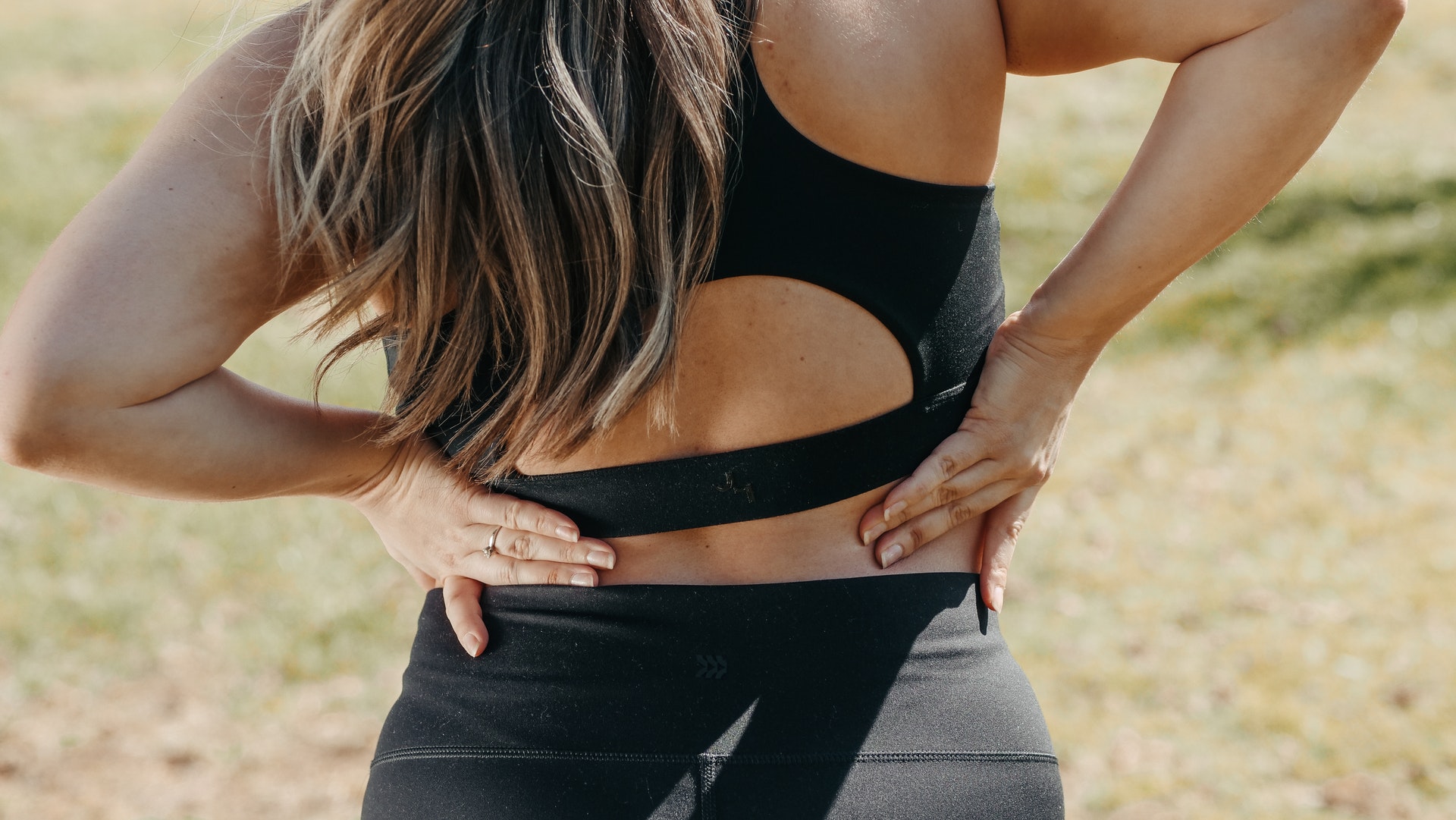Relevium: A Specialized Physiotherapist & Chiropractor
SCIATICA

Sciatica is a term that refers to pain that travels down each leg along the course of the sciatic nerve from the lower back to the hips and buttocks. The condition usually only affects one side of the body.
ETIOLOGY
Sciatica is a common symptom of a variety of medical disorders, but it is believed to be caused in 90% of instances by a herniated (slipped) disc.
Other causes of sciatica include:
- Lumbar spinal stenosis is a constriction of the lower back’s spinal cord.
- Spondylolisthesis occurs when a disc slips forward over the vertebra below it.
- Tumours: The root of the sciatic nerve can be compressed by tumours in the spine.
- Infection-affecting the spine in the end.
- Cauda equina syndrome is a rare but serious condition that affects the nerves in the lower region of the spinal cord and requires immediate medical intervention.
- Additional factors, such as injuries to the spine,
RISK FACTORS
- Age: Sciatica is most frequently caused by age-related changes in the spine, such as herniated discs and bone spurs.
- Obesity: Excess body weight can add stress to the spine, resulting in spinal abnormalities that cause sciatica.
- Occupation: If your employment demands you lift heavy objects, repeatedly twist or bend your back, or drive for extended periods of time, you may get sciatica.
- Sedentary life style– Individuals who sit for long periods of time or live a sedentary lifestyle are more likely to develop sciatica than those who lead an active lifestyle.
- Diabetes: This disorder, which impairs your body’s ability to use glucose, raises your risk of nerve injury.
Clinical Presentation
- Shooting pain– Sciatica is distinguished by shooting pain that travels up the sciatic nerve root from the lower back to the buttocks and back of either leg.
- Numbness in the back of the leg: Numbness in the back of the leg is sometimes associated with sciatica pain. At times, tingling or weakness in the feet or toes may occur. Prolonged sitting can increase the tingling sensation.
- Posture-related symptoms: Sciatica symptoms may worsen while sitting, attempting to stand, bending the spine forward, twisting the spine, lying down, or coughing. Walking or applying a hot pack on the back or the pelvis can help alleviate discomfort.
Physiotherapy for Sciatica
Physical therapy and exercise are widely used as initial treatments for the relief, treatment, and prevention of sciatica symptoms.
Objective
- It assists in relieving soreness.
- Facilitate the healing of the underlying cause.
- Attempt to avert flare-ups and recurrences.
- Restores pain-free functional movement patterns.
- Lower back, buttocks, thighs, and leg pain can be relieved.
- Muscle spasms should be minimised.
- Restore lumbar spine and sacroiliac joint function.
- It also increases the mobility of the lower body.
Physiotherapy Management
- Manual therapy procedures such as spinal manipulation, joint mobilisation, or soft tissue treatments such as myofascial release all contribute to pain relief by increasing spinal movement.
- Neural mobilisation (nerve mobilisation) is a treatment that uses active or passive approaches to glide a symptomatic nerve into and out of tension in order to facilitate mobility and alleviate symptoms.
- Exercises include core strengthening workouts, moderate lumbar spine and hamstring stretching, and frequent light exercise such as walking and back exercises.
- The McKenzie Method is a technique that utilises a sequence of active directional motions to locate and treat a source of discomfort in the spine, muscles, or joints. Through exercise, the therapy focuses on bringing the radiating pain closer to the body’s centre. The concept behind this method is that centralising pain results in symptom relief. The objective is to alleviate radiating symptoms that originate in the spine.
- Strengthening exercises include resistance exercises to strengthen the muscles of the abdomen, low back, hips, and legs.
- Isometric exercises
- Isotonic exercises
- Reintroduction of functional motions such as lifting, carrying, and bending or squatting is part of functional retraining. To alleviate pain and prevent re-injury, good technique and healthy movement patterns are implemented.
- The Muscle Energy Technique entails the patient contracting their muscles gently as the therapist moves the affected joints through a specific range of motion.
- Gait training involves analysing one’s walking method and retraining one’s gait patterns to be more proper.
Preventing Sciatica
The following methods can assist individuals in avoiding sciatica or preventing it from recurring:
- Exercise regularly. The most effective way to maintain a healthy back is to strengthen both your back muscles and your core muscles.
- Maintain good posture and proper ergonomic care. Maintain an upright position. Ascertain that your work chair gives appropriate back support, sit with your feet on the floor, and use the armrest to relax your body frequently.
- Patient education should include information about the low back’s nature, self-management measures, and encouragement to resume normal activities.
Sciatica physiotherapy treatment at home
You or a loved one may benefit from at-home sciatica physiotherapy, which has helped many people heal from long-term discomfort. Complete physiotherapy treatment plans enable you to do the exercises in the privacy, safety, and comfort of your own home. Sciatica physiotherapy treatment at RELEVIUM is a common choice among people who desire to live their lives without pain. Please get in touch with us if you require experienced physiotherapy treatment at home.
